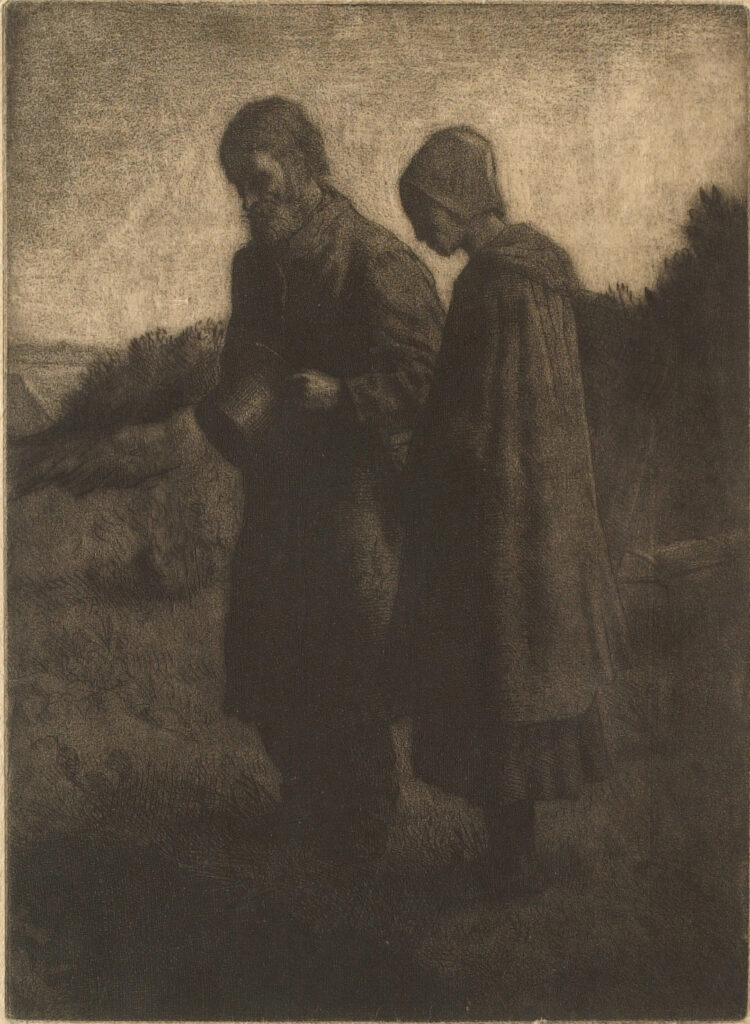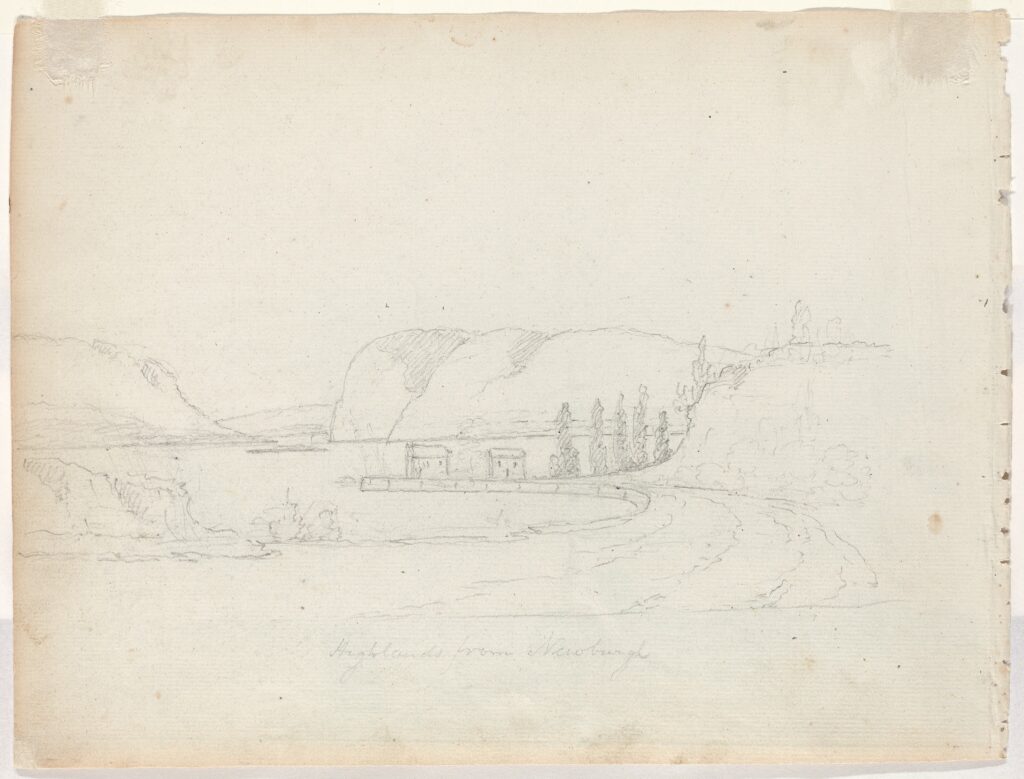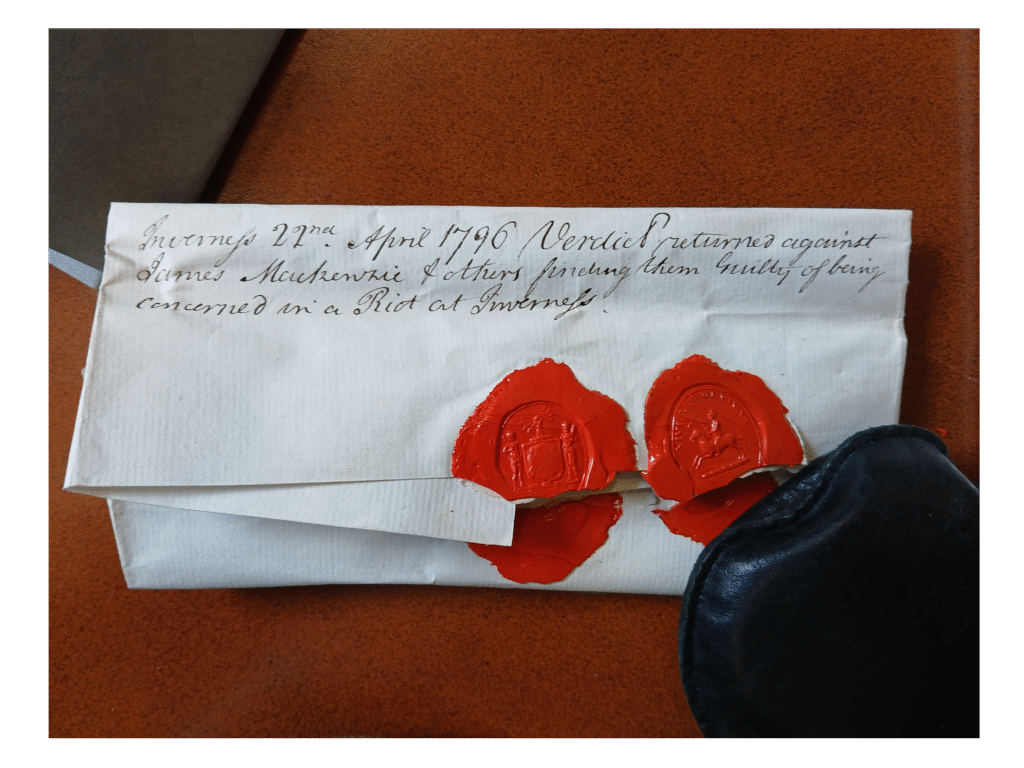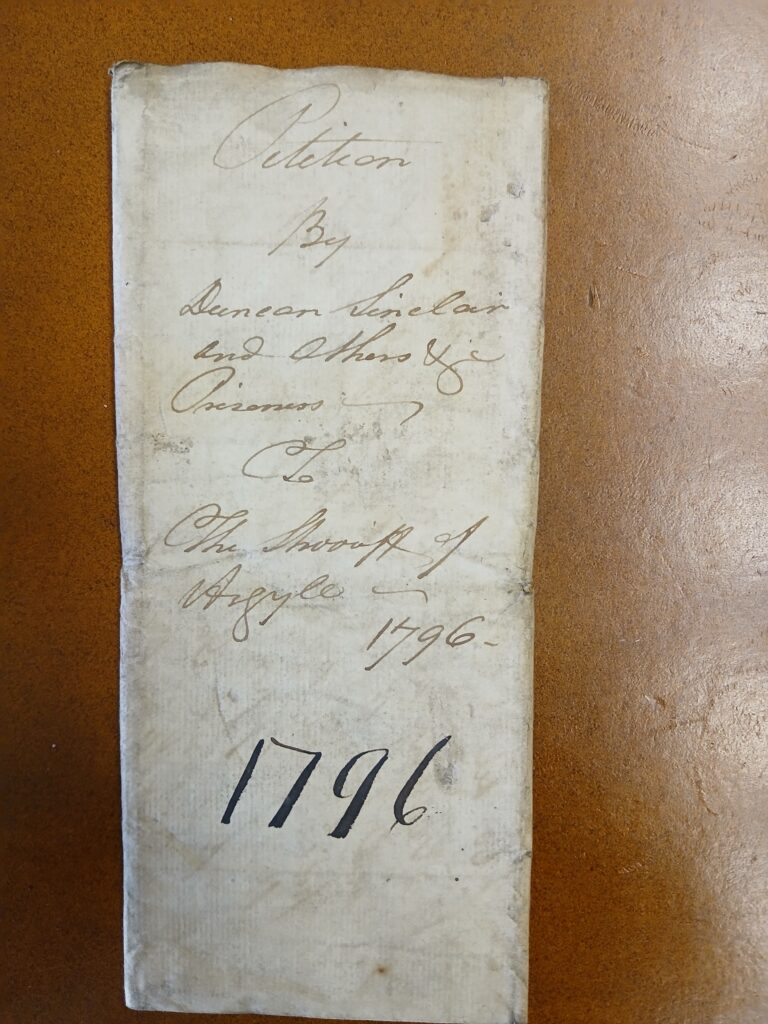
William Strang, Peasant Couple. Clark Art Institute (1986)
An ‘uninflammable’ people?
This project challenges the dominant view that rural workers in the Highlands and Islands were passive and ‘uninflammable’, an idea that runs deep in the national story of Scotland.
Resistance to ‘improvement’ offers the first systematic analysis of the resort to protest in the Highlands and the Islands between the dominant poles of Jacobitism and the Highland Clearances. The ambition is to transform our knowledge of the nature and timing of protest in the Highlands and Islands – and rewrite the story of a much romanticised region by exploring responses to agrarian transformation.
Our temporal frame covers the period 1750 to 1820, which saw Highland tenants faced with an unprecedented attack upon their communal rights and way of life. The period saw a rise in smallholdings and ever-shrinking plots of land, while sheep farming, and kelp harvesting were gradually introduced in the interior and coastlines respectively. The responses of tenants to these radical changes, however, remains under-researched.
The project challenges the reputation of the Highlands – and the people of the Highlands – as passive in the face of the economic (and hence) social dislocations of agricultural ‘improvement’ in the late eighteenth and early nineteenth centuries. Histories of resistance in Highlands and Islands – for whatever period – have been almost exclusively written as dramatic, large-scale protests in relation to land occupation, placing an emphasis on both the collective and individual and covert forms of protest.
By giving agency back to those subject to ‘improvements’ – from the seemingly minor to wholescale dislocations from clearances – we wish to make the point that those who lived and worked in the Highlands did not meekly surrender their lives, their worlds, but resisted and protested to the point past futility.
Resistance to ‘improvement’ explores how the Highland tenantry managed to oppose estate policies through a variety of means, from petitions to informal land occupation. The project will shed light on the fluidity and adaptability of Highlanders and Islanders in times of great change and question the received accounts of this period of Scottish history.

Alexander Robertson, The Highlands from Newburgh, c. 1794. John Davis Hatch Collection. Courtesy of the National Gallery of Art.
Locating Resistance in the Archives

Extensive archival research will uncover acts of protest and resistance across different regional areas in the Highlands and Islands from the Isle of Lewis to rural Perthshire. Case studies have been chosen to maximise geographical range and enable unprecedented regional comparisons.
Over the course of three years, the project team will visit numerous archives including the National Records of Scotland in Edinburgh, Inveraray Castle in Argyll, the Highland Archive Centre in Inverness, and the National Archives in Kew. Sources will include petitions addressed to estate authorities or law enforcements, legal records, estate papers and correspondence, newspapers and much more.

Above: A trial verdict following a riot in Inverness, 1776. Below: Petition by two prisoners in Inveraray prison, 1796. Courtesy of the National Records of Scotland.
